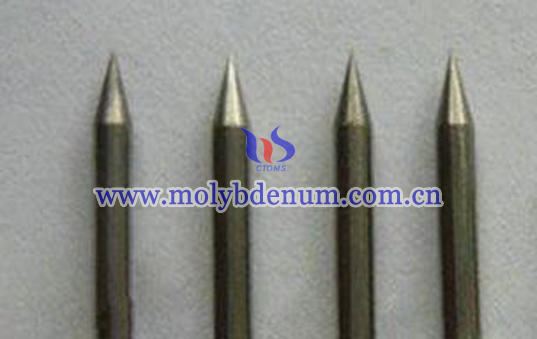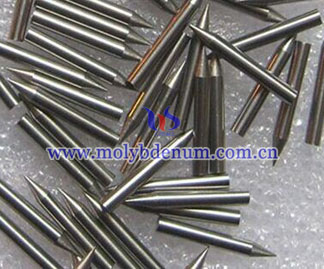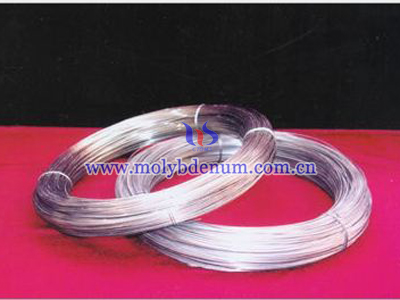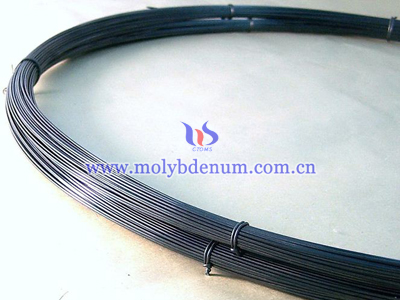Molybdenum Needle in Testing Isolated Nanodiamond Particle

Molybdenum needle is a tool in testing isolated nanodiamond particle.
As the use of materials of increasingly smaller dimensions grows, so does the need to better understand the properties of materials at these small scales.
Methods to study materials of nanometer scale dimensions are thus necessary to better understand and exploit materials at the nanoscale and to demonstrate a technique for the isolation and characterization of nanometer-sized particles of diamond. This was accomplished using ultra-sharp metal molybdenum needle as substrates onto which nanodiamond particles were deposited using electrophoresis. This technique yielded isolated diamond particles on the tips of needles. The needle is ideal sample geometry for a number of characterization techniques, including transmission electron microscopy, field emission, and field emission microscopy, all of which were employed in this study, along with electron energy loss spectrometry, scanning electron microscopy, and x-ray energy dispersive spectroscopy.
An isolated nanodiamond particle (˜3 nm in size) was deposited on the tip of a molybdenum needle. Field emission measurements were taken from the isolated diamond particle and compared to that of the bare molybdenum needle and the same needle with a thicker coating of nanodiamond particles. Transmission electron microscopy and electron energy loss spectrometry were used to investigate the morphology and composition of the diamond. The diamond was determined to be pure (free of non-diamond carbon) and its size was accurately determined. Field emission behavior observed from the isolated diamond particle, termed the anomalous thickness effect, was described as being a result of size-dependent materials properties (bandgap increase due to quantum effects) and size-dependent electrostatic effects.
Additional diamond deposition experiments were carried out using aluminum substrates. The aluminum needles were capable of serving as field emission cathodes, allowing for more than one microamp of current to be extracted from the aluminum without tip failure. Furthermore, diamond nanoparticles were deposited in varying amounts and characterized, similar to the experiments using molybdenum.





